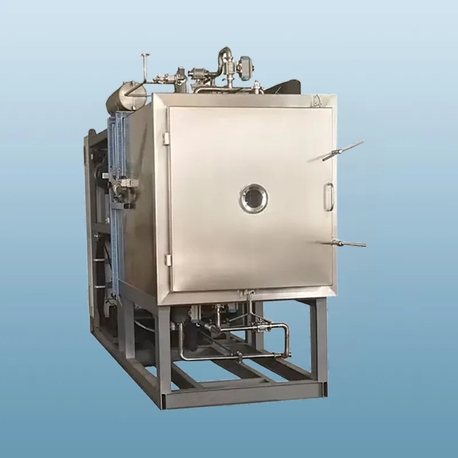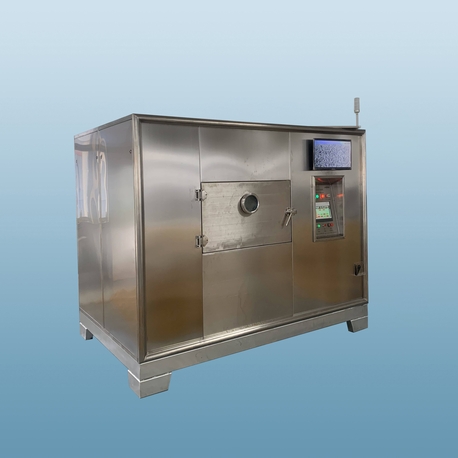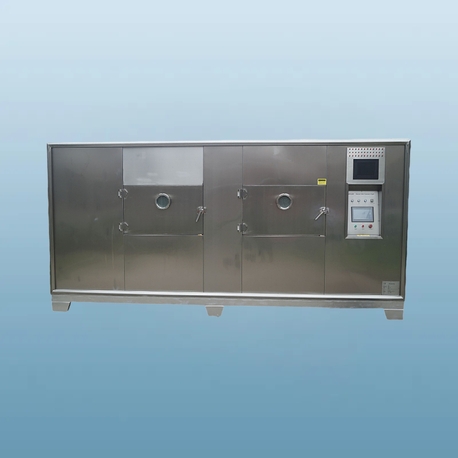In an era where health consciousness and sustainability are paramount, the humble fruit dryer is experiencing a well-deserved renaissance. No longer just a niche appliance for hardcore homesteaders, it has become an essential tool for health-conscious families, gourmet chefs, and commercial producers alike. But what exactly is a fruit dryer, and how can it transform your kitchen and your diet? This comprehensive guide will delve into the world of food dehydration, exploring its immense benefits, straightforward operation, and diverse applications. Whether you're looking to reduce food waste, create healthy snacks, or even start a small business, a high-quality fruit dryer is the key. Throughout this article, we'll explore how innovative brands like Nasan are making this technology more accessible and efficient than ever before.
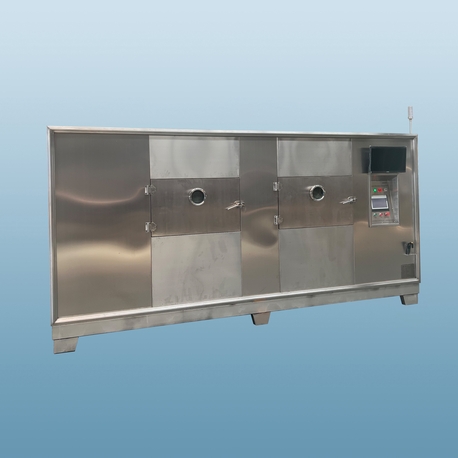
Why Invest in a Fruit Dryer? The Multitude of Benefits
A fruit dryer, also known as a food dehydrator, works on a simple principle: it circulates warm, dry air around thinly sliced foods to remove moisture. This age-old preservation technique, now enhanced by modern technology, offers a plethora of advantages:
Nutrient-Dense Snacking: Unlike frying or high-sugar preservation methods, dehydration retains most of the vitamins, minerals, and fiber in fruits. You get a concentrated, healthy snack without any artificial additives.
Significant Reduction of Food Waste: Have a fruit tree that yields more than you can eat? Found a great deal at the farmer's market? A fruit drying machine allows you to preserve this surplus for months, drastically cutting down on waste and saving money.
Unlock Intense, Natural Flavors: The process of dehydration concentrates the natural sugars and flavors of the fruit. The result is a snack that is far more flavorful and satisfying than its fresh counterpart, from chewy mango slices to tangy apple chips.
Unbeatable Convenience and Portability: Dried fruits are lightweight, non-perishable, and require no refrigeration. They are perfect for lunchboxes, hiking trips, camping, and emergency food supplies.
Versatility Beyond Fruit: While the name is fruit dryer, these machines are incredibly versatile. You can dry herbs, make vegetable powders (like onion or tomato), create homemade jerky, and even dry flowers for crafts.
How Does a Fruit Dryer Work? A Simple Operational Breakdown
The operation of a fruit drying machine is elegantly simple, making it accessible to everyone. Here is a typical step-by-step process:
Preparation and Selection: Start by choosing fresh, ripe fruits. Wash them thoroughly. For best results, slice fruits uniformly—about 1/4 to 1/2 inch thick—to ensure even drying.
Pre-Treatment (Optional): Some fruits, like apples and bananas, can oxidize and brown. To prevent this, you can briefly dip them in a solution of lemon juice and water. This step is optional but helps maintain a vibrant color.
Loading the Trays: Arrange the fruit slices in a single layer on the dehydrator trays, ensuring they do not overlap. Proper spacing is crucial for consistent air circulation and drying.
Setting the Temperature: Different fruits require different temperatures. Berries often need a lower temperature (around 135°F / 57°C), while denser fruits like apples or mangoes can handle slightly higher heat. Your fruit dryer manual will provide a detailed chart.
The Drying Process: Turn on the machine. The fruit drying machine will now circulate warm air, slowly and steadily removing moisture. This process can take anywhere from 6 to 18 hours, depending on the fruit's water content, thickness, and humidity.
Testing for Doneness: The fruit is ready when it is leathery or crisp to the touch, with no visible moisture when torn. Properly dried fruit should be pliable but not sticky.
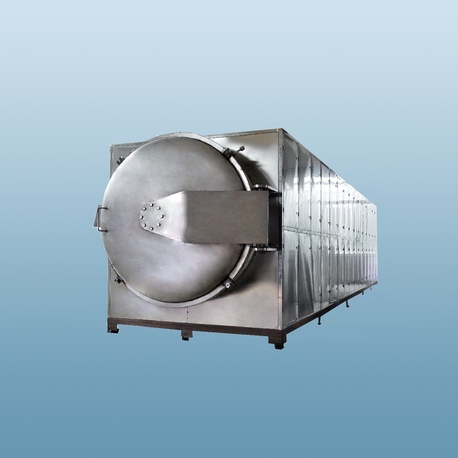
Where Are Fruit Dryers Used? From Home Kitchens to Global Industries
The application of fruit dryer technology spans a wide spectrum, demonstrating its incredible utility.
Household & Hobbyists: This is the most common use. Families use dehydrators to create healthy snacks for their children, preserve their garden harvest, and explore creative recipes like fruit leathers and roll-ups.
Commercial Food Production: On a larger scale, commercial-grade fruit drying machines are the backbone of the dried fruit industry. They produce the raisins, prunes, dried mangoes, and banana chips you find in supermarkets worldwide. Brands that prioritize quality, such as Nasan, offer robust solutions for this sector, ensuring high throughput and consistent results.
Hospitality and Culinary Arts: High-end restaurants and hotels use fruit dryer units to create gourmet garnishes, unique ingredients for dishes, and signature dried fruit assortments for cheese boards and desserts.
Agricultural and Herbal Sectors: Farmers and herbalists use large-scale dehydrators to preserve their produce and medicinal herbs efficiently, locking in potency and extending marketability.
Choosing the Right Fruit Dryer: A Solution for Every Need
Selecting the perfect fruit dryer depends on your specific goals and volume. Here are the key considerations:
Horizontal vs. Vertical Airflow: Horizontal airflow dehydrators (where the fan is on the side) are generally superior as they prevent flavor mixing and dry more evenly. Vertical flow models (fan at the base or top) are often more compact and budget-friendly.
Capacity and Expandability: For a family, a 4 to 5-tray model may suffice. For serious preservers or small businesses, a 9+ tray or stackable model is a better investment.
Precise Temperature Control: A fruit drying machine with an adjustable thermostat (typically ranging from 95°F to 165°F) is essential for handling different types of food, from delicate herbs to jerky.
Construction and Quality: Look for durable, BPA-free materials and a reliable heating element. A well-built machine from a trusted manufacturer is a long-term asset. This is where established brands like Nasan distinguish themselves, offering durable and efficient fruit dryer models designed for both domestic and commercial longevity.
Frequently Asked Questions (FAQ)
Q1: What is the best way to store dried fruit to ensure it lasts long?
A1: For optimal longevity, store your dried fruit in airtight containers (glass jars or vacuum-sealed bags) in a cool, dark, and dry place. For even longer storage, you can keep these containers in the refrigerator or freezer.
Q2: Why are my dried fruits turning out hard and brittle instead of chewy?
A2: This usually means the fruit was dried at too high a temperature or for too long. The exterior dries out quickly, trapping moisture inside or becoming brittle. Try reducing the temperature on your fruit dryer and check for doneness a few hours earlier. The residual heat will also continue the drying process after you turn off the machine.
Q3: Can I dry different types of fruit at the same time in my fruit dryer?
A3: You can, but it's not always recommended. Strongly scented fruits (like bananas) can transfer their flavor to more delicate ones (like apples). If you do mix, ensure they have similar drying times and temperatures. A fruit dryer with horizontal airflow is much better for this task.
Q4: How do I clean and maintain my fruit drying machine?
A4: Always unplug the unit and let it cool completely. The trays and liners are typically dishwasher safe (check your manual). Wipe down the interior and exterior with a damp cloth. Never immerse the main unit with the heating element and fan in water. Regular cleaning prevents stickiness and bacterial growth.
Q5: Is it more cost-effective to dry my own fruit compared to buying it pre-dried?
A5: Absolutely. When you use a fruit dryer at home, you are paying for the fresh fruit and the minimal electricity to run the machine. This is almost always cheaper than buying high-quality, unsweetened dried fruit from the store. The savings are even more significant if you are preserving a seasonal surplus from your garden or a local market.
Embracing a fruit dryer is more than just acquiring a new kitchen gadget; it's a commitment to a healthier lifestyle and a more sustainable approach to food consumption. The ability to capture the peak-season flavor and nutrition of fruits and enjoy them year-round is a powerful tool. From simple apple chips for a school lunch to complex ingredients for a culinary venture, the possibilities are endless.
As you embark on your dehydration journey, remember that the quality of your results is directly linked to the quality of your equipment. Investing in a reliable and efficient fruit dryer from a reputable provider ensures consistent performance and opens up a world of culinary creativity. Whether for your home kitchen or a commercial enterprise, trusted names like Nasan provide the technology and reliability needed to perfectly preserve nature's bounty, one batch at a time.




